 The Urban Zoonoses project is a highly collaborative research project, involving many partners with a wide variety of training and experience. Therefore, field work presented a perfect opportunity for interacting and learning from each other given our diverse backgrounds.
The Urban Zoonoses project is a highly collaborative research project, involving many partners with a wide variety of training and experience. Therefore, field work presented a perfect opportunity for interacting and learning from each other given our diverse backgrounds.
Even though different organisations have different working styles which could have been a big challenge, this diversity has only proved to be a uniting factor for the urban zoo team since we play to the strengths of each partner.
Our strong and competent field teams have managed to collect quality data despite the challenges that we have faced in the field. Below are some of the challenges that we faced in the value chain component of the project:
Language barrier: This was a problem in some markets where participants were unable to understand either English or Kiswahili; we had to use interpreters to translate to the local language (e.g. Burji in Kiamaiko and Maasai in Kiserian) during focus group discussions and individual interviews. The use of interpreters leads to longer duration of interviews and some times to misinterpretation that needed to be corrected.
High expectations: People expected us to offer some intervention; especially after discussing with them their challenges, benefits and aspirations. The previous activities carried out at the abattoirs by organisations like Safaricom, which offered money to participants made them to expect some payment from us. Also people in the market are very busy with their business. Having a two hour focus group is a long time in the middle of the working day. Especially, traders can make a lot of money during the day. Transporters need to move animals /meat and might lose money by staying with us for two hours. In addition, some research has failed to communicate their results. In consequence, some people did not see the benefit of research. One abattoir did not want to participate because of this. Photo taking: Most people were not comfortable to allow us take photos around the slaughterhouse to capture the public health risks and to generally document our activities.
Power groups: This was a big problem in one abattoir where we failed to interview the group that is in charge of the livestock market due to competing interests with the abattoir owners. It was not easy to have a neutral facilitator who could mobilise people from different power groups.
Timing and Participants: Planning of our field activities was dependent on the convenience of the participants.
We were unable to work during some days in one of the abattoirs because of busy schedules of the participants. We also had to suspend field work for two weeks due to competing interests between the different power groups in one market and it was not possible to interview more than one group per day in one abattoir while this was possible in the others. Some groups of participants
like the livestock transporters were not easy to interview, due to their limited time in the markets and business pressures.
The case control study also had a few challenges such as: traffic jams on the outer ring road and Jogoo roads causing delays while accessing the field sites, insecurity within Korogocho and Viwandani necessitated the arrangement for the locals to accompany our clinical officers and provide security (and the suspension of field activities one day due to riot‐ unrelated to the project), accessing
the households during the rainy season is a challenge due to open drainage, mud and poor waste disposal creating an occupational risk of contamination for our staffs. Finding the mothers within their houses during the day is a challenge, so the community field workers usually carry out their field activities very early in the morning or late in the evening with such mothers, but clinical officers find it difficult to work at these early or late hours. Co‐ordination between the different institutions (KEMRI, APHRC, UoN and ILRI) was a
challenge during the first week of our project, but this was quickly resolved by good communication, consultations and meetings between the partners.
For the case control study, the challenges have not affected our data collection due to the valuable support given by APHRC and their experience and skills in working within the study area. I also attribute our success to our committed field staffs and the leadership of this study for our success in the very complex study site. The livestock value chain analysis would not have been possible without
the massive support we received from the office of the Director of Veterinary Servii(DVS), the inspecting officers, abattoir owners, determined and hard working staff and guidance from our project leaders.
In conclusion, we have collected quality data, we have done a good job and we are determined to continue to the end. Thank you to all who have offered their contributions to bring us this far!
James Miser Akoko has been the Field coordinator for the Urban Zoonoses project since 1st October 2012
The Zoonotic and Emerging Disease group studies a range of epidemiological issues revolving around the domestic livestock, wildlife and human interface


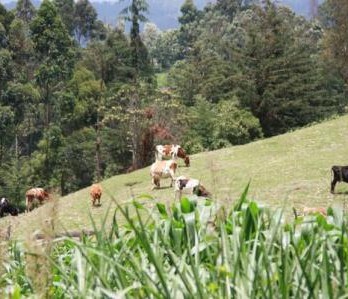

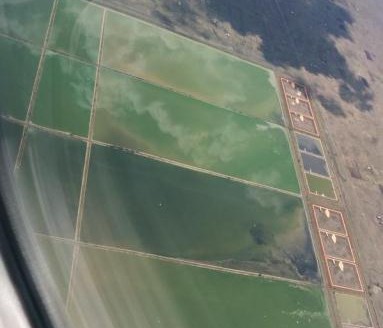

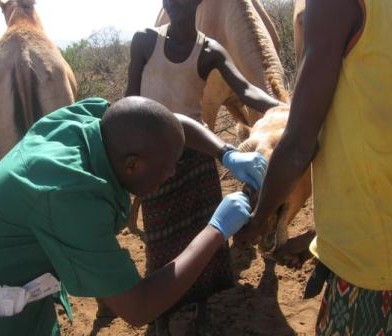

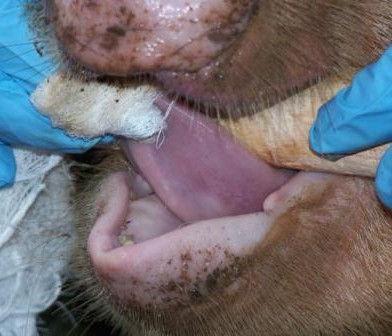
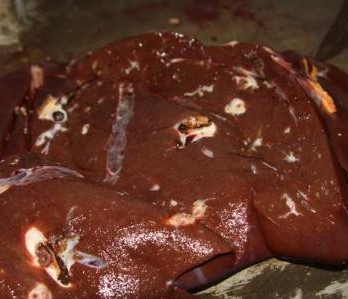


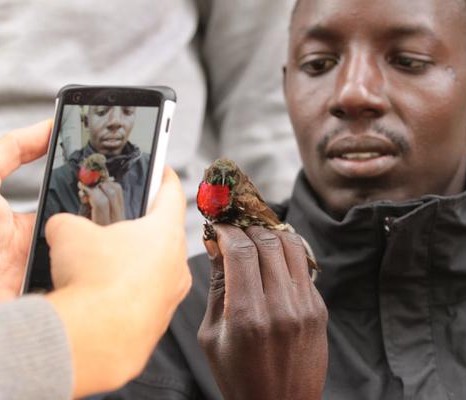

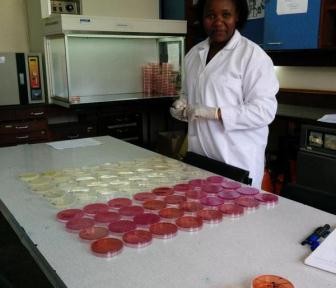



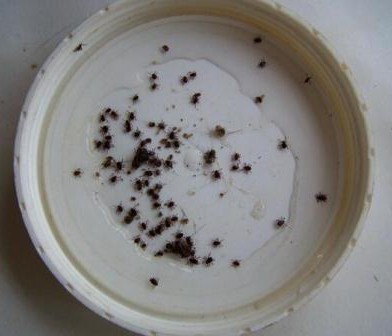
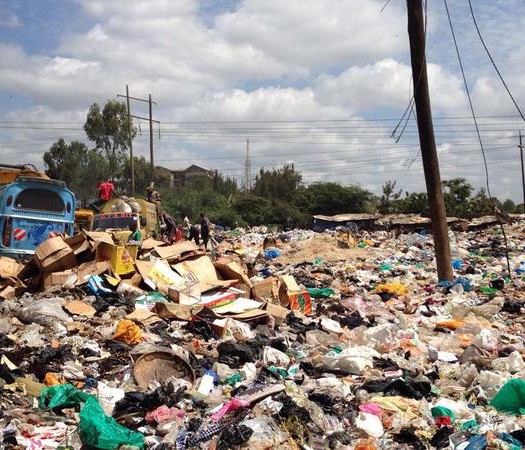

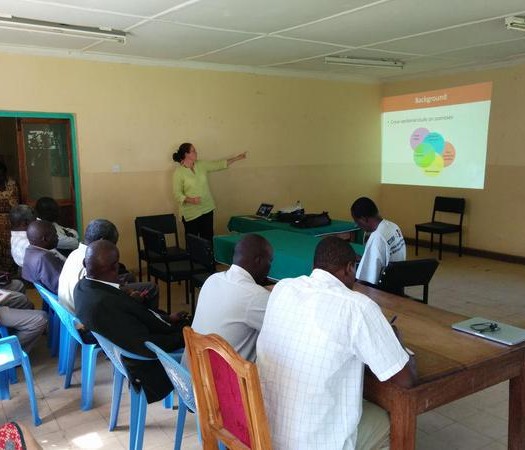

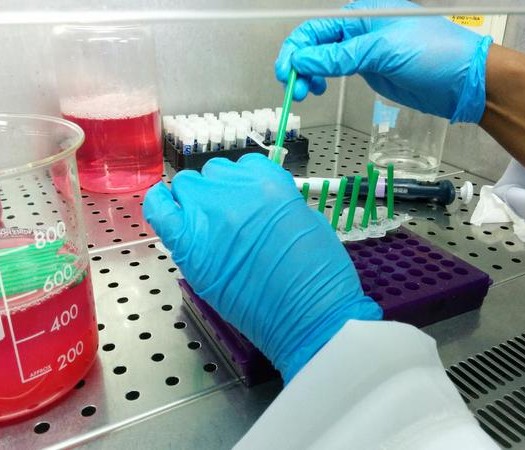

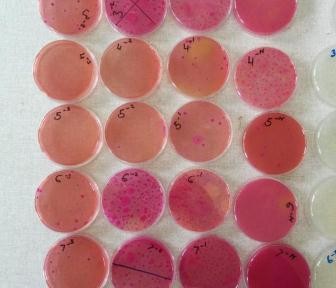

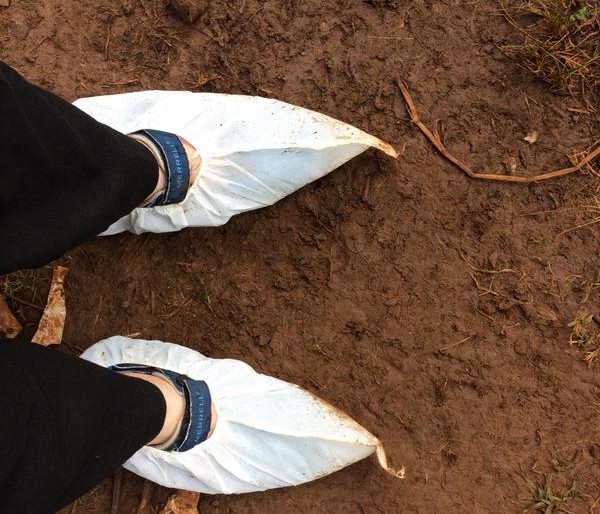
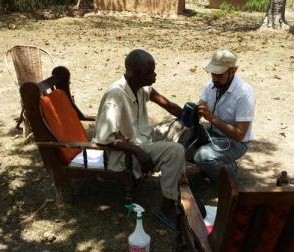
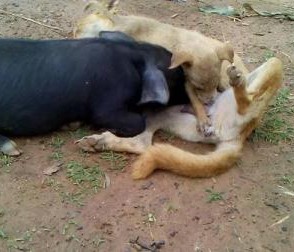
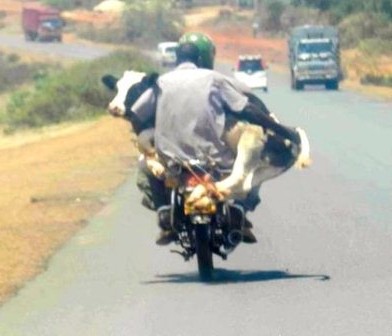
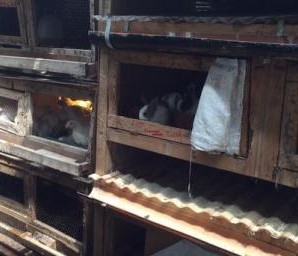
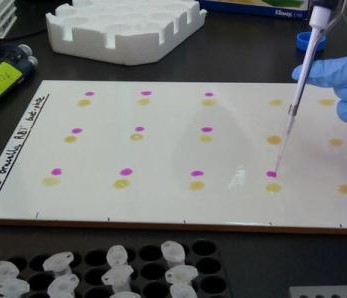
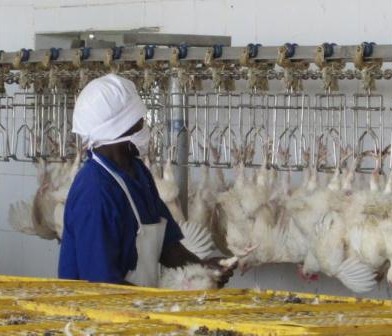
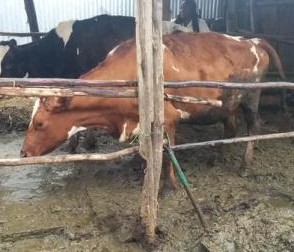


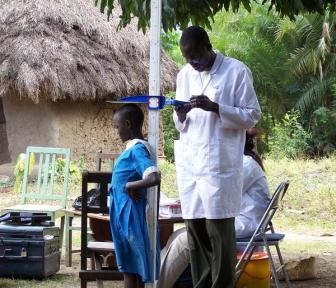

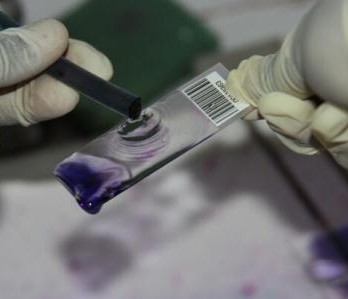
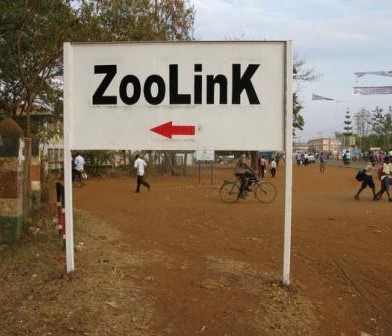

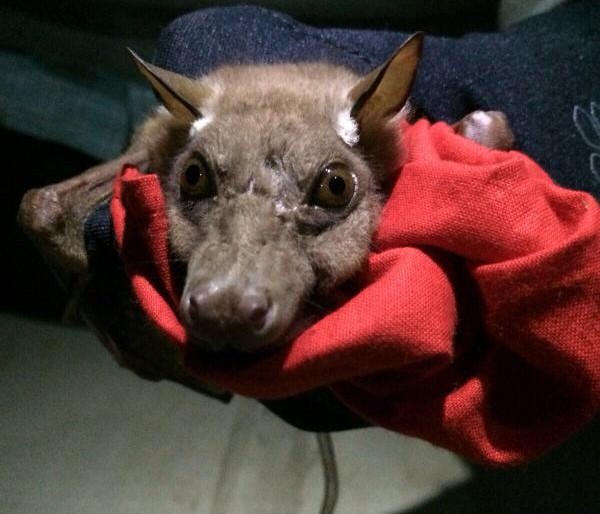

You must be logged in to post a comment.